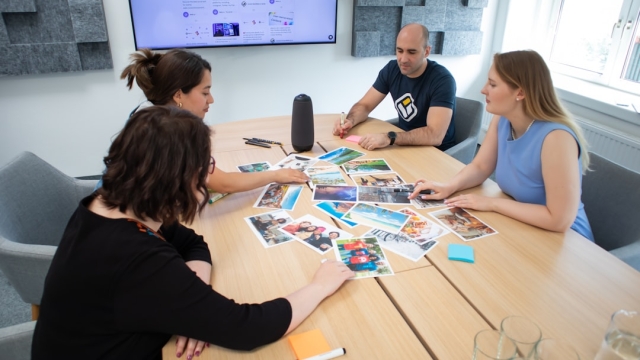Artistic play for kids is a vital aspect of childhood development that nurtures creativity, encourages emotional expression, and fosters critical thinking skills. Engaging in art activities not only allows children to explore their imaginations but also helps them develop fine motor skills and an appreciation for aesthetics. This article will delve into the importance of artistic play in child development, suggest creative art activities suitable for various age groups, and provide tips for setting up an artistic play space at home.
The Importance of Artistic Play in Child Development
Artistic play serves as a powerful medium for children to express their thoughts, feelings, and experiences. Through drawing, painting, and crafting, children can communicate ideas that they may not yet have the words to articulate. This form of expression is essential for emotional development, as it can help alleviate stress and anxiety while building self-esteem. Moreover, artistic play encourages problem-solving skills, as children learn to navigate challenges in their creative process, from overcoming a blank canvas to using materials in unconventional ways.
Furthermore, engaging in artistic activities can enhance cognitive abilities. Children learn to observe their surroundings, think critically about colors and shapes, and experiment with different techniques. This exploratory play fosters curiosity and a love for learning, laying a strong foundation for future academic success. In essence, artistic play for kids is not just about creating art; it is about developing a holistic set of skills that will benefit them throughout their lives.
Creative Art Activities for Different Age Groups
For Toddlers (Ages 1-3)
At this age, artistic play should be simple, sensory-based, and focused on exploration. Here are a couple of ideas:
- Finger Painting: Use non-toxic, washable paints. Allow toddlers to use their fingers to create colorful patterns on paper. This activity enhances sensory development and fine motor skills.
- Nature Collage: Collect leaves, flowers, and small twigs during a walk. Provide glue and paper for toddlers to create their own nature collages, encouraging them to explore textures and colors.
For Preschoolers (Ages 4-5)
Preschoolers are ready for more structured activities that still encourage creativity:
- Watercolor Painting: Provide watercolor paints and brushes. Encourage children to create landscapes or abstract designs, helping them understand color mixing and brush techniques.
- Play Dough Creations: Offer different colors of play dough and tools for shaping. This activity promotes fine motor skills and imaginative play as children create their own sculptures.
For Early Elementary (Ages 6-8)
Children in this age group can handle more complex projects:
- DIY Greeting Cards: Provide cardstock, markers, stickers, and stamps. Encourage kids to design cards for family members or friends, fostering thoughtfulness and creativity.
- Story Illustration: Have children write short stories and illustrate them. This combines literacy with artistic expression, enhancing both storytelling and artistic skills.
How to Set Up an Artistic Play Space at Home
Creating a dedicated artistic play space at home can significantly enhance the experience of artistic play for kids. Here are some tips on how to create an inviting and functional space:
- Choose a Suitable Location: Select a space that can be easily cleaned and organized, such as a corner of the living room or a playroom. Ensure good lighting to inspire creativity.
- Organize Supplies: Stock the area with a variety of materials such as paints, crayons, markers, paper, scissors, and glue. Use bins or shelves to keep supplies organized and accessible, allowing children to choose their materials independently.
- Encourage Messiness: Artistic play can be messy, so don’t be afraid to let children experiment freely. Cover surfaces with newspapers or drop cloths to protect furniture, and encourage kids to embrace the process rather than worry about the outcome.
Conclusion
Artistic play for kids is an essential component of their development, providing opportunities for self-expression, creativity, and cognitive growth. By incorporating age-appropriate art activities and creating a dedicated play space at home, parents can foster a lifelong love for art and creativity in their children. Additionally, consider participating in family-friendly events or workshops that focus on artistic exploration to further enrich your child’s experience. For more inspiration and resources related to artistic play for kids, check out Cozy Art Land for ideas and activities that can enhance your artistic journey together.


